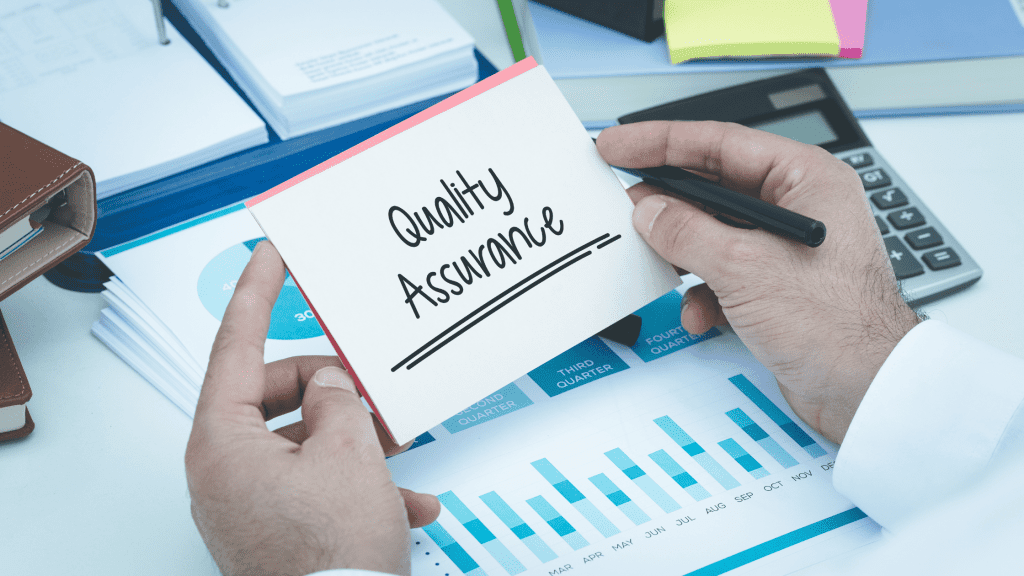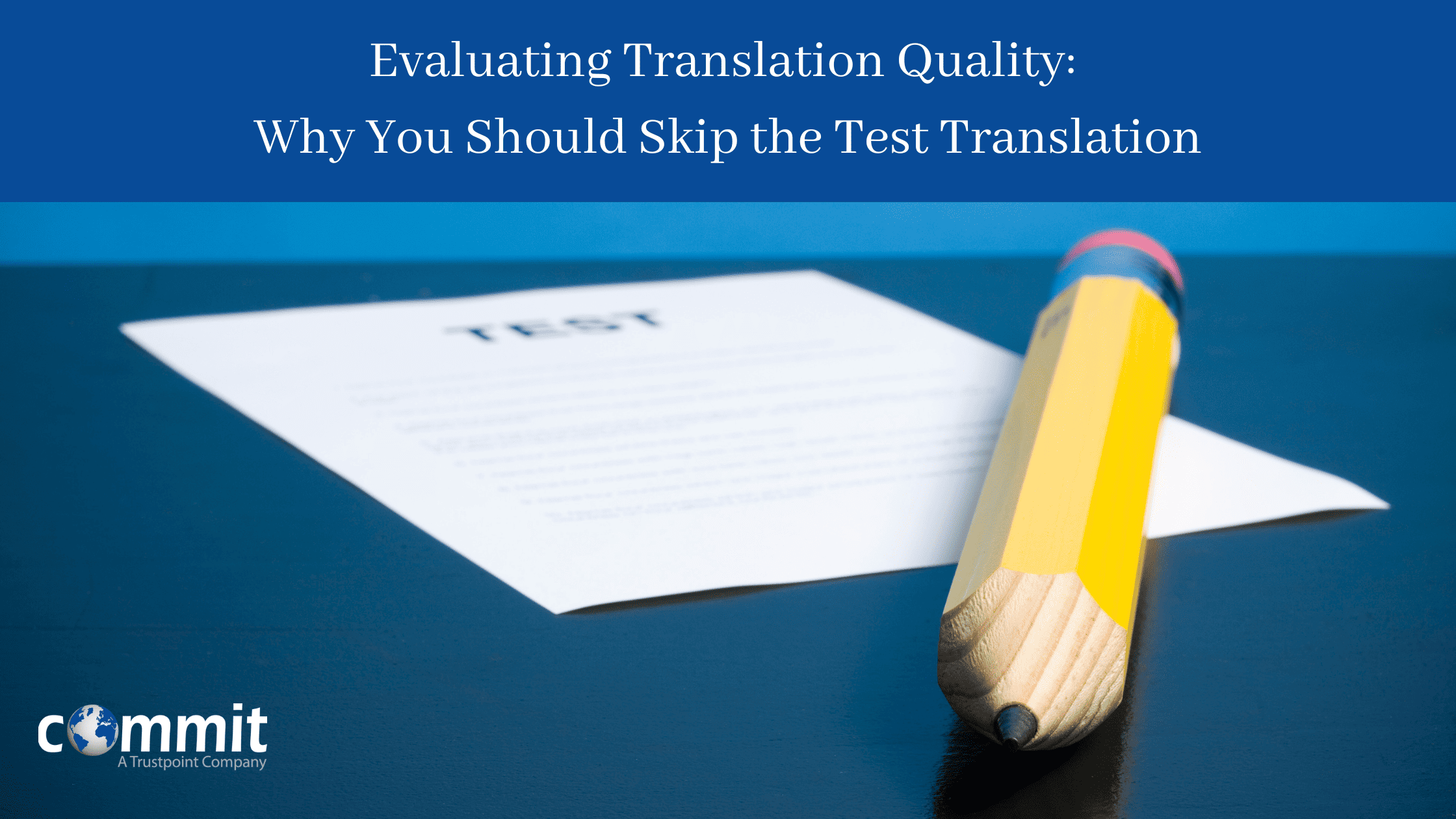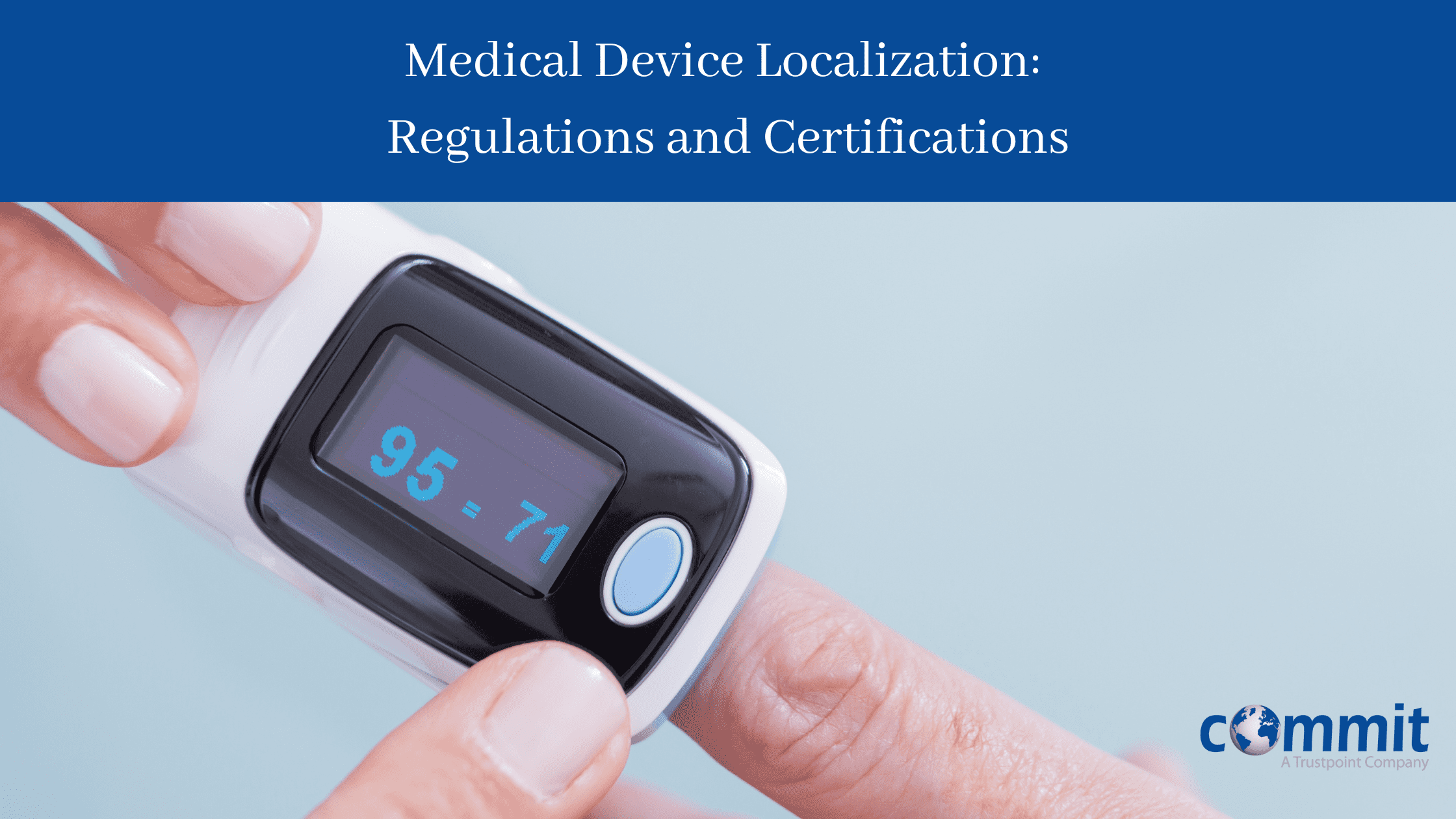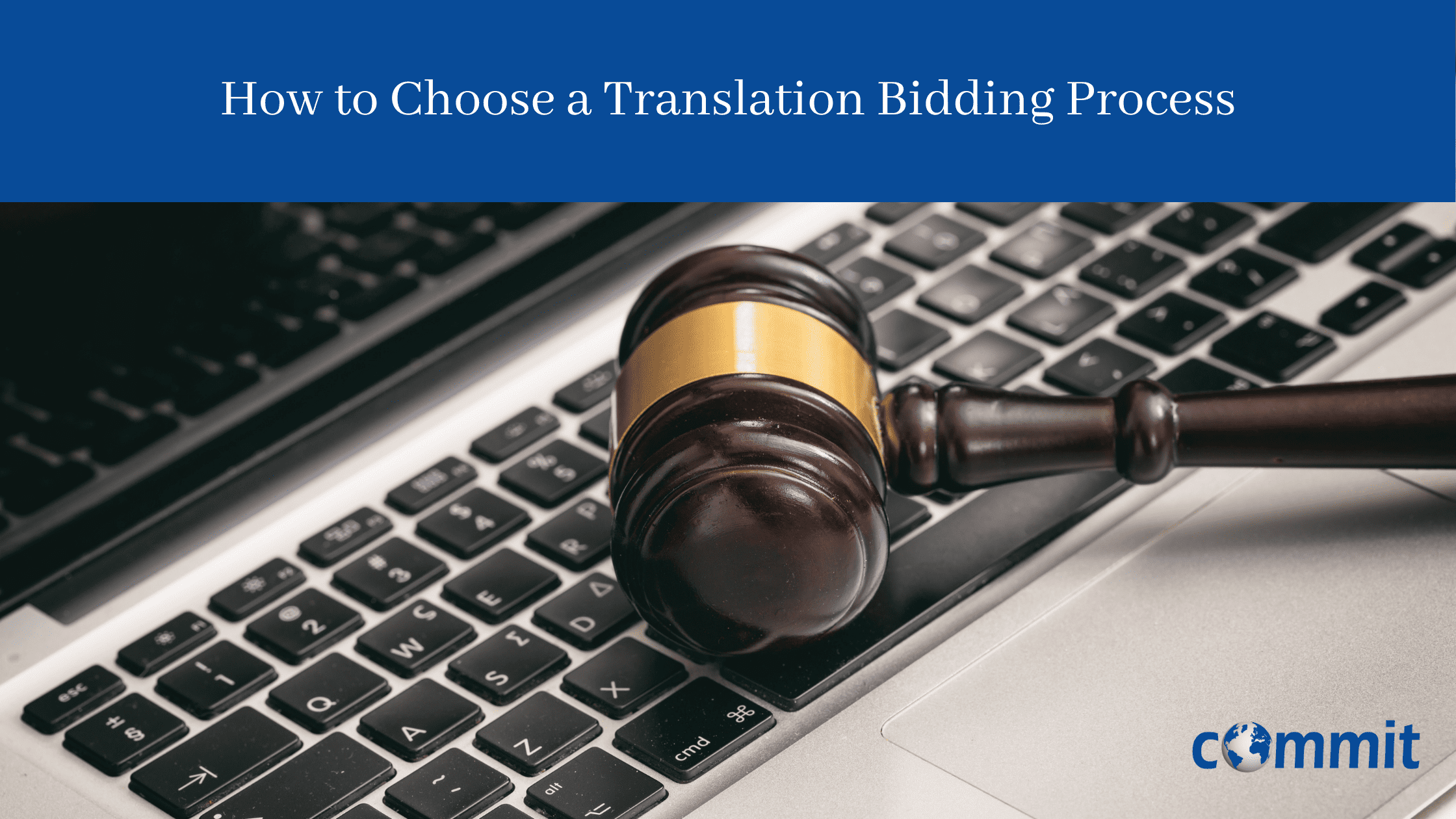|
Listen to Post
|
Listen to this article now:
It is common knowledge that translation is essential to global communication and international business. However, as companies expand their operations to new regions and languages, the quality of their translations becomes an increasingly critical issue. Poorly translated content can damage a company’s reputation, confuse customers, and lead to legal liabilities. That is where Translation Quality Assurance (aka TQA) comes in as a management tool to help prevent risk.
TQA comprises of processes and procedures that help ensure linguistic accuracy, consistency, and cultural appropriateness. This approach involves multiple steps, including selecting Language Service Providers (LSP) with qualified translation teams, solid quality standards, and vast experience in editing and revising translated content. By implementing a translation quality assurance process, companies associated with LSPs can reduce the risk of errors and ensure the translated content meets its intended purpose and, ultimately, their actual client’s expectations.
Let us now understand what TQA is all about.
Defining translation quality assurance
But exactly how can we define translation quality assurance? Let’s assume that TQA includes reviewing and evaluating the quality of translated content to ensure it meets the desired accuracy, fluency, and style level. TQA aims to find and correct any errors or inconsistencies in the translation and ensure that the content is suitable for the target audience and intended purpose. Of course, our assumptions may sound pretty basic, but that’s a good start.
We are talking about a concept that combines automated and manual processes. Automated tools such as CAT tools, translation memory management software, and machine translation engines can ensure consistency and accuracy in terminology and speed up the review process. However, the automated tools are not enough for a complete evaluation of the translation quality; a manual review is also necessary.
Manual TQA involves professional linguists reviewing the translated content to check for errors, inconsistencies, or other issues. This may include comparing the source and target texts, checking for grammar, spelling, or punctuation errors, and assessing the overall readability and flow of the translation.

Critical steps of an efficient TQA process
Let us now examine the clockwork mechanism of TQA from the inside. An efficient translation quality assurance process supports accurate and high-quality translations. Here are the steps involved:
- Specify TQA Requirements: Define the translation quality assurance requirements. This includes identifying the target audience, describing the purpose of the translation, and establishing translation quality assurance standards.
- Build a TQA Plan: Create a plan for the translation quality assurance process, including the steps, procedures, and resources needed to carry out the related activities.
- Pre-TQA Review: Before starting the translation quality assurance process, a pre-translation quality assurance review should be done to check for any obvious errors, inconsistencies, or formatting issues. A different translator or an editor can carry out this review.
- TQA Testing: Perform thorough linguistic quality assurance testing of the translated content. This involves checking the translation for accuracy, completeness, readability, grammar, syntax, and formatting.
- Identify Errors: Find any errors or issues in the translated content. This can be done through manual review, automated tools, or both.
- Eliminate Errors: Correct any errors or issues identified during the translation quality assurance testing. The translator or an editor can do this.
- Post-TQA Review: After correcting the errors, complete a post-translation quality assurance review to ensure all issues have been addressed, and the translation meets the required quality standards.
- Finalize Translation: Finalize the translation and ensure it is delivered to the client according to the agreed-upon timeline.
- Follow-up Review: After delivery, it is good practice to conduct a follow-up review to ensure that the translation meets the client’s expectations and that any issues have been resolved.
The nomenclature differs considerably from LSP to LSP, but the steps above are the wireframe of the TQA process. By following these steps, an efficient translation quality assurance process can be carried out, guaranteeing the translation is accurate, complete, and high-quality. Despite the clear benefits, it is time to thoroughly review its evident quality upgrade.

Benefits of a translation quality assurance program
LSPs that deploy a TQA program understand the positive impact it brings to their organization. Let’s enumerate below some of the benefits of translation quality assurance:
- Accurate and Consistent Translations: TQA ensures that the results are as accurate, consistent, and error-free as possible. Incorrect and inconsistent translations can lead to misunderstandings, miscommunications, and legal issues.
- Improved Brand Image: High-quality translations help companies project a professional image and build credibility with their customers, partners, and stakeholders. This can lead to increased customer satisfaction, loyalty, and trust.
- Cost Savings: Poor-quality translations can result in costly mistakes, such as product recalls, legal disputes, and reputational damage. Translation quality assurance can help identify and correct these mistakes BEFORE becoming expensive problems.
- Increased Efficiency: Translation quality assurance can help streamline the translation process by identifying areas of improvement and providing feedback to translators for future process leveraging. This can result in faster turnaround times, lower costs, and improved efficiency.
- Compliance: In some industries, such as medical, legal, or financial, accurate translation is essential for compliance with regulations and laws. TQA ensures that translations are accurate, consistent, and meet relevant standards and regulations.
Overall, quality assurance helps ensure that translations are high quality, accurate, and consistent, leading to better communication and positively impacting a company’s image and reputation.

Implementing TQA as a management tool: best practices
When we hear the term “best practices”, we usually think of a set of guidelines, methods, or techniques recognized as effective and efficient for achieving a particular outcome. Translation quality assurance best practices ensure that LSPs can operate consistently, reliably, and professionally, providing their clients with the best service level.
Adhering to the best practices below will help LSPs minimize errors, reduce risk, and improve overall productivity, quality, safety, and customer satisfaction. Here are some of those best practices for implementing translation quality assurance as a management tool:
- Establish clear quality criteria: Define the requirements necessary for your organization, such as accuracy, fluency, consistency, tone, and style. Communicate these criteria to translators and reviewers.
- Use a structured translation process: Implement a structured approach that includes translation, editing, and proofreading stages. This will help ensure that multiple individuals review translations and that errors are caught before the final product is delivered.
- Implement quality control procedures: Develop quality control procedures that include regular checks of translation output, periodic reviews of translator performance, and feedback mechanisms for translators and reviewers.
- Use technology to support quality assurance: Utilize technology such as translation memory and terminology management systems to ensure consistency and accuracy across all translations. Use automated quality control tools to flag potential errors and reduce the risk of human error.
- Train translators and reviewers: Periodically provide training to translators and reviewers on quality assurance procedures and the specific quality criteria for your organization. This will help ensure everyone is on the same page and working towards unified quality standards.
- Monitor and measure performance: Monitor and measure translator and reviewer performance to ensure quality standards are met. Use metrics such as error rates, review times, and customer feedback to identify areas for improvement and track progress over time.
- Continuously improve: Use the data collected through quality control procedures to improve the translation process and quality standards. Regularly review and update the quality criteria and procedures to ensure they remain relevant and practical.
By following these best practices, LSPs can implement a comprehensive translation quality assurance process that helps ensure accurate and consistent translations that meet the needs of their client’s target audience.
It is finally time to understand how an LSP can avoid flying in the dark by implementing a TQA program.

How translation quality assurance can help a company
Providing real-life context always help people better understand a subject such as TQA. Imagine a company that produces and sells medical devices. This company has a global presence, with customers and partners in multiple countries. As such, they have a website available in various languages, including Spanish, French, German, and Japanese.
One day, the company decided to launch a new product, a medical device that helps treat a specific condition. They create a product page on their website for this new device and want to ensure that the page is translated accurately and effectively into all of the languages their website supports by the LSP in charge.
To do this, the company and the LSP agree on employing a quality assurance program, which involves having a professional translation quality team review the translations to ensure accuracy, consistency, and cultural alignment. So, the quality team catches a mistake in the Japanese translation, where the product was mistakenly advertised as a cure for the condition rather than a treatment.
The company could have faced legal repercussions, negative customer feedback, and lost sales if this mistake had not been found. But because their LSP invested in translation quality assurance, they could identify the error BEFORE it was too late and ensure that all their translations were accurate and effective.
This simple example demonstrates the importance of translation quality assurance for global companies and how it can help prevent costly mistakes and ensure the quality of their translated content. It is necessary to consider translation quality assurance as an effective method to address business risks.

Translation quality assurance as a risk management tool
Undoubtedly, translation quality assurance is an essential part of risk management when it comes to multilingual communication. Poor translation quality can lead to misunderstandings, damage to the brand’s reputation, legal issues, and financial losses. Therefore, ensuring the quality of translated content before it is published or distributed is crucial.
As a risk management tool, translation QA helps to mitigate the risks associated with poor translation quality. By ensuring the quality of translated content, businesses and organizations can, alongside their LSPs, reduce the likelihood of misunderstandings and errors, leading to legal disputes and financial losses. It also helps to maintain the brand’s reputation by ensuring that the translated content is culturally suitable and free of offensive language.
Furthermore, having your LSP deploy a translation quality assurance program can help businesses comply with regulations and standards related to language and translation. For example, in the healthcare industry, regulations require that all patient-facing materials be translated accurately and culturally suitable. Failure to comply with these regulations can result in legal and financial consequences.
In conclusion, translation quality assurance is an essential risk management tool for businesses and organizations communicating in multiple languages. By ensuring the quality of translated content, they can mitigate the risks associated with poor translation quality and maintain their brand reputation while complying with regulations and standards. Translation quality management is the company’s passport to a business’s success.
Want to learn more about translation quality assurance and how to implement a TQA program for your company or organization? Then contact our friendly team to learn more.








